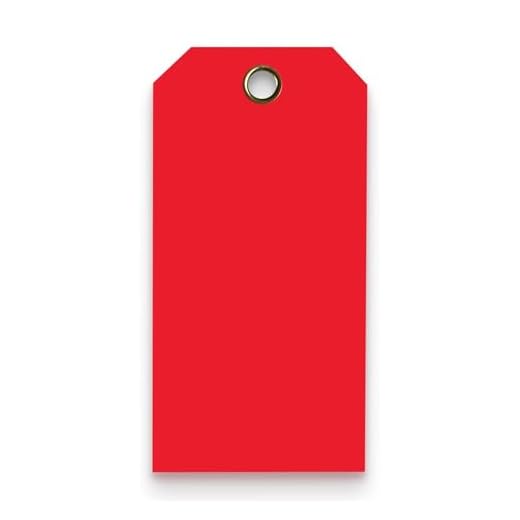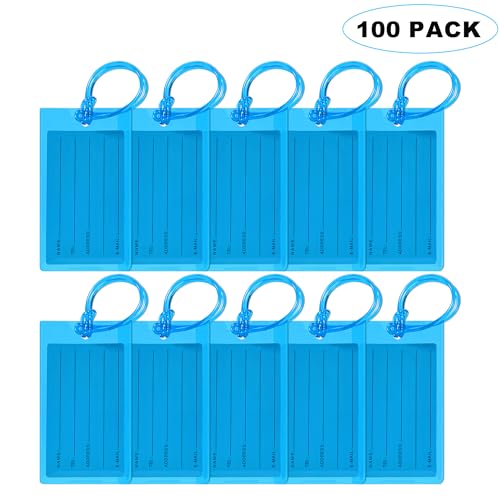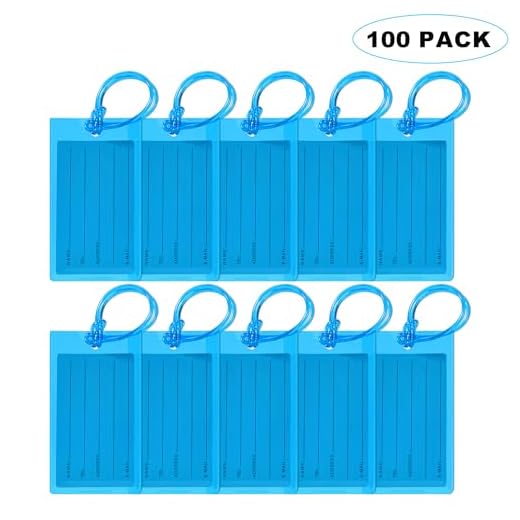



Prioritize clear identification for your bags by using a durable, weather-resistant tag. Choose tags made from materials like plastic or metal that can withstand rough handling and various weather conditions.
Include not only your name and phone number but also your email. This way, in case of lost property, it will be easier for the airline to reach you through multiple contact methods. Add your itinerary or home address as well to enhance the chances of recovery.
For added security, opt for tags that do not display personal information visibly, and consider using a distinctive strap or ribbon to make your belongings easily distinguishable on the carousel. Color-coded or patterned accessories are effective in preventing mix-ups with others’ items.
Wrap your bags with a bright colored film, available at most airports. This extra layer of protection not only helps with identification but also adds another level of security against tampering.
How to Tag Your Baggage for Air Travel
Choose durable, high-contrast tags that stand out for easy identification. Opt for waterproof materials to ensure visibility under different conditions.
Include essential details such as:
- Your full name
- Your phone number
- Your email address
- Destination address (if possible)
Consider adding a unique identifier, like a personal slogan or a colorful ribbon, to differentiate your items further.
Avoid using your home address for security reasons. Instead, use a secondary address or your work address if necessary.
Secure the tags firmly to prevent them from coming loose during transport. Use zip ties or sturdy straps for extra security.
Document your item’s description. Keep a record of your belongings, including colors and sizes, to ease tracking if your items go missing.
For enhanced safety, utilize digital tracking solutions. Some smart tags connect to your smartphone, providing real-time updates on your property’s location.
Lastly, inspect your tags regularly for wear and tear, especially before each trip. Replace any that appear damaged to maintain the effectiveness of your identification method.
Choosing the Right Luggage Tags
Select tags made from durable materials. Options like leather, plastic, or heavy-duty nylon can withstand wear and tear during transit.
Opt for bright colors or unique patterns for easy identification. This helps in quickly spotting your bags on the carousel.
Include only essential information. Your name, phone number, and email address are sufficient. Avoid unnecessary details that can clutter the tag.
Consider tags with secure closures, such as snap-on or buckle designs, to prevent loss. Make sure they can withstand rough handling.
Look for waterproof or water-resistant options. This protects your details from accidental spills or rain during travel.
Select tags that allow for easy updating of information. Some designs let you insert new details without replacing the entire tag.
Customize your tags with personal motifs or initials. This adds a touch of personality and makes it easier to recognize your items.
Information to Include on Your Tags
Include your full name, phone number, and email address for easy identification. Avoid using address details for privacy and security reasons. If traveling internationally, consider adding your destination address also.
Avoid putting your name on the front of the tag to prevent potential theft. Use initials or a unique symbol instead to make it recognizable to you. Additionally, labeling with a unique identifier, such as a travel ID number, may facilitate locating your belongings if they go missing.
For families, include a contact for each member, ensuring that the main contact is easily distinguishable on multiple bags. If you have a pet traveling with you, consider adding relevant information on the tag, including the best adult dog food for labs your pet prefers, as it might assist caretakers in keeping your pet comfortable.
Incorporate details specific to your travel itinerary if you’re on a group trip. This can aid personnel in adhering to group travel schedules. For added flair, opt for a colorful tag design that stands out, making it easier to spot your bags among others. Alternatively, consider using specialized bags like the best backpack for theme parks or the best gym bag backpack to ensure your belongings are adequately organized and identifiable.
Best Practices for Attaching Labels
Utilize strong adhesive tags to ensure they stay intact during handling and transport. Securely attach the tag to a sturdy part of your bag, like a handle or zipper pull, to minimize the risk of detachment.
Select a location away from handles that may be jostled or pulled. Ideally, place the identifier where it won’t get scratched or damaged. Consider using a protective sleeve to prevent wear from travel-related elements.
When affixing your tag, leave some slack in the attachment to allow for movement. This prevents strain on the tag’s connection point, reducing the likelihood of breakage.
For added security, use multiple tags on your belongings. One can be a traditional tag, while another may be a branded one from the airline, providing redundancy should one become lost during transit.
Check your tags regularly throughout your journey, especially before transferring between different carriers. Reattach or replace any that appear damaged or worn.
Incorporate removable tags for versatility. This allows you to switch identifiers based on the trip or type of items being transported, ensuring accurate identification tailored to each use.
Using Technology for Luggage Identification
Install a mobile app associated with your travel provider or baggage handling service to track your suitcase’s journey. Many airlines now offer tracking features within their apps that provide real-time updates on the status and location of your belongings.
Consider using smart tags equipped with RFID technology. These devices enable seamless scanning at check-in and baggage claim, allowing for quicker identification and reduced chances of misplacement.
Bluetooth Trackers
Utilize Bluetooth trackers to monitor the location of your belongings. Attach a small tracking device to your bag. You can easily locate it through your smartphone, which can provide notifications if you stray too far from the item.
QR Codes for Quick Access
Incorporate QR codes into your identification method. These codes can hold essential information and, when scanned, direct to your contact details or a secure webpage with further instructions for retrieving your property.
What to Do if Your Luggage is Lost
Immediately report the issue to the airline’s baggage service desk at the airport. Provide your flight details and a description of your bag, including its color, size, and any unique features. Fill out a lost baggage report and keep a copy for your records.
Ask for a tracking number, which will assist in monitoring the recovery process. Take note of the airline’s policies regarding compensation for delayed or missing items, as you may need to submit a claim later for reimbursement.
Consider providing a list of essential items in your baggage, which can support your case if claiming compensation becomes necessary. Include receipts for any purchases made due to the inconvenience, as these may also be eligible for reimbursement.
Keep in regular contact with the airline regarding the status of your bag. Many airlines offer online tracking systems, allowing you to check the progress conveniently. If your belongings are not located within a specific timeframe, inquire about the next steps in their process.
After a few days, if your belongings are still unaccounted, review your travel insurance policy to see if it covers lost personal items. Collect all relevant documentation to assist with any claims you may need to file.








